Home>Home Maintenance>What Is A Balanced Ventilation System
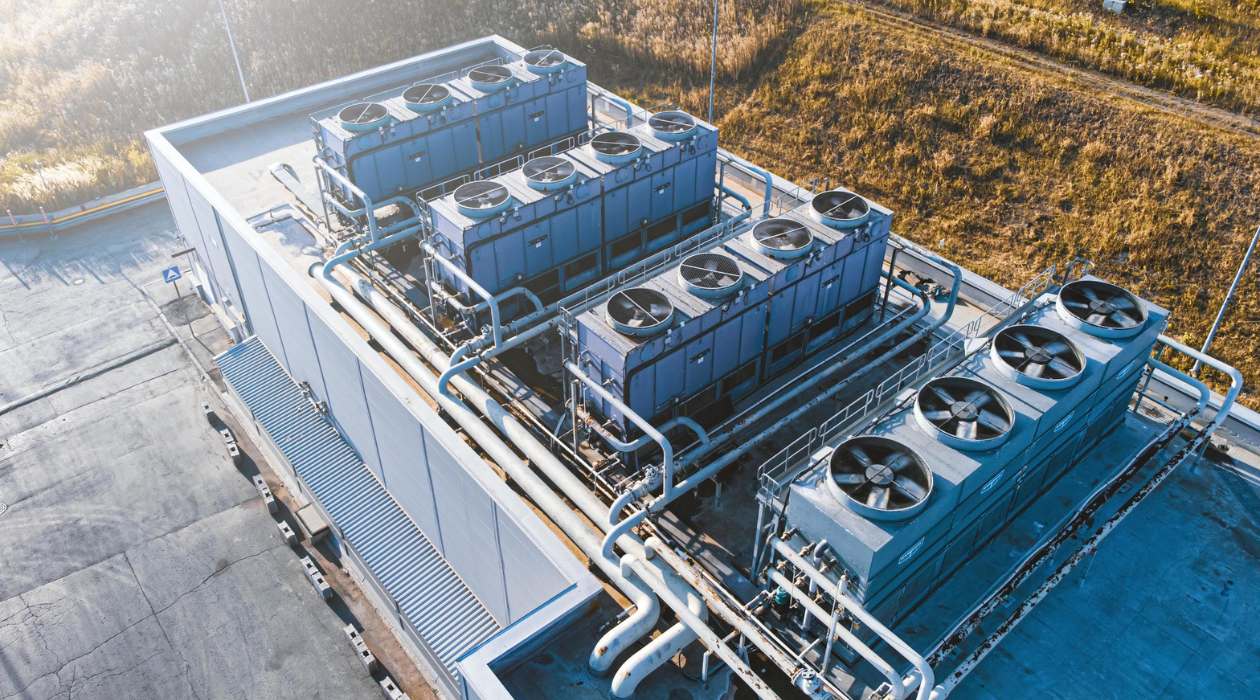

Home Maintenance
What Is A Balanced Ventilation System
Modified: March 6, 2024
Learn about the benefits of a balanced ventilation system for your home maintenance. Improve indoor air quality and reduce energy costs with a balanced ventilation system.
(Many of the links in this article redirect to a specific reviewed product. Your purchase of these products through affiliate links helps to generate commission for Storables.com, at no extra cost. Learn more)
Introduction
Welcome to the world of home maintenance! Taking care of your home is not only essential for its longevity and value, but it also provides a sense of comfort and peace of mind. From fixing leaky faucets to repainting walls, there are a multitude of tasks that homeowners tackle on a regular basis. But it’s not just the visible areas of your home that require attention; the inner workings of your home, such as ventilation systems, are equally important.
In this article, we will dive into the world of balanced ventilation systems. You may ask, what exactly is a balanced ventilation system? Don’t worry, we will explain it all. We will explore how these systems work, the benefits they provide, the different types available, factors to consider when choosing one, and tips for installation and maintenance. So sit back, relax, and let’s embark on a journey to a well-ventilated home!
Before we dive into the specifics, let’s start with a brief definition of balanced ventilation.
Key Takeaways:
- Balanced ventilation systems provide a continuous flow of fresh air while removing stale air, improving indoor air quality, controlling moisture levels, and reducing energy consumption for a healthier and more comfortable home.
- Choosing the right balanced ventilation system involves considering factors such as climate, home size, and ventilation needs, and ensuring proper installation and regular maintenance to enjoy the benefits of improved air quality and energy efficiency.
Read more: How To Balance An HVAC System
Definition of Balanced Ventilation
Balanced ventilation is a system that is designed to ensure a constant supply of fresh air while simultaneously extracting stale air from your home. Unlike natural ventilation, which relies on air leakage through cracks and openings, or mechanical ventilation systems that only introduce or extract air, balanced ventilation systems strive to maintain a balance between the two.
This type of ventilation system typically consists of an intake and an exhaust. The intake brings fresh air from outside into your home, while the exhaust removes stale air from the inside. The key feature of balanced ventilation is that it incorporates a heat recovery or energy recovery mechanism, which allows for the exchange of heat or energy between the incoming and outgoing air streams. This helps to regulate the temperature and humidity levels in your home while maintaining a continuous flow of fresh air.
One of the main purposes of balanced ventilation is to improve indoor air quality. Indoor air can get contaminated with pollutants such as dust, pollen, pet dander, mold spores, and volatile organic compounds (VOCs) from household products. By introducing fresh air and removing stale air, balanced ventilation systems help to reduce the concentration of these pollutants, promoting a healthier living environment.
In addition to improving air quality, balanced ventilation systems also help to control moisture levels in your home. Excess moisture can lead to mold growth, which can cause health issues and damage to your home. With a balanced ventilation system in place, the exchange of air allows for the removal of moisture-laden air and the introduction of drier fresh air, preventing the buildup of humidity and mitigating the risk of mold growth.
Now that we have a clear understanding of what balanced ventilation is, let’s explore how these systems work in more detail.
How Balanced Ventilation Systems Work
Balanced ventilation systems work by creating a controlled and balanced airflow throughout your home. They consist of two main components: the intake and the exhaust.
The intake component is responsible for bringing fresh air from outside into your home. This is typically achieved through vents or ducts that are strategically placed in areas such as the living room, bedrooms, or hallways. The fresh air is filtered to remove any pollutants and then distributed evenly throughout the home.
On the other side, the exhaust component removes stale air from inside your home. This can be achieved using vents or ducts that are strategically placed in areas where stale air tends to accumulate, such as bathrooms, kitchens, or laundry rooms. The stale air is then expelled outside, creating a constant flow of fresh air.
What sets balanced ventilation systems apart is the incorporation of a heat recovery or energy recovery mechanism. This mechanism allows for the transfer of heat or energy between the incoming and outgoing air streams. In cold climates, a heat recovery ventilator (HRV) is used to capture the heat from the outgoing air and transfer it to the incoming fresh air. Similarly, in hot climates, an energy recovery ventilator (ERV) is used to transfer the coolness from the outgoing air to the incoming fresh air.
By recovering heat or energy from the outgoing air, balanced ventilation systems are able to regulate the temperature and humidity levels in your home. This not only provides a comfortable living environment, but it also helps to reduce energy consumption and lower utility bills.
It is important to note that balanced ventilation systems are designed to operate continuously or on a scheduled basis. This ensures a consistent supply of fresh air and efficient removal of stale air. Some systems may also come equipped with sensors that monitor indoor air quality and adjust the ventilation rates accordingly.
Now that we understand how balanced ventilation systems work, let’s explore the numerous benefits they provide for homeowners.
Benefits of Balanced Ventilation Systems
Installing a balanced ventilation system in your home offers a wide range of benefits that contribute to a healthier and more comfortable living environment. Let’s take a closer look at some of the key advantages:
- Improved Air Quality: Balanced ventilation systems ensure a continuous supply of fresh air, reducing the concentration of pollutants and allergens indoors. This helps to alleviate respiratory issues and create a healthier living space.
- Moisture Control: By exchanging air and expelling moisture-laden air, balanced ventilation systems help to prevent the buildup of excessive humidity. This reduces the risk of mold growth, protecting both your health and the structural integrity of your home.
- Temperature Regulation: With the inclusion of heat recovery or energy recovery mechanisms, balanced ventilation systems help to regulate the temperature in your home. In colder climates, they retain the warmth from the outgoing air, while in hotter climates, they transfer the coolness from the outgoing air to the incoming fresh air.
- Reduced Energy Consumption: By recovering heat or energy from the outgoing air, balanced ventilation systems can significantly reduce the amount of energy needed to heat or cool your home. This results in lower energy bills and a more environmentally friendly household.
- Noise Reduction: Unlike opening windows or relying solely on mechanical ventilation systems, balanced ventilation systems can operate quietly while maintaining a steady airflow. This avoids the intrusion of outside noise, providing a more peaceful and comfortable living environment.
- Elimination of Odors: Stale air often contributes to unpleasant odors in your home. Balanced ventilation systems remove the stagnant air, along with its associated odors, and replace it with fresh, clean air, creating a more inviting and pleasant atmosphere.
- Improved Comfort: The consistent supply of fresh air and regulated temperature and humidity levels provided by balanced ventilation systems create a more comfortable living environment for you and your family.
Overall, balanced ventilation systems offer a package of benefits that contribute to improved air quality, moisture control, energy efficiency, and overall comfort in your home. Now that we understand the advantages of balanced ventilation, let’s explore the different types of systems available.
Types of Balanced Ventilation Systems
When it comes to balanced ventilation systems, there are several types to choose from, each with its own unique features and benefits. Let’s explore the most common types:
- Heat Recovery Ventilator (HRV): HRVs are designed for colder climates where the main concern is retaining heat. They feature a heat exchanger that transfers heat from the outgoing stale air to the incoming fresh air. This ensures a continuous supply of fresh air while minimizing heat loss, making HRVs an energy-efficient option.
- Energy Recovery Ventilator (ERV): ERVs are ideal for homes located in hot and humid climates. In addition to transferring heat, ERVs also transfer moisture from the outgoing air to the incoming air. This helps to maintain a balanced humidity level in your home while providing a constant supply of fresh air.
- Balanced Pressure Ventilation System (BPV): BPV systems use a combination of fans and ductwork to maintain a balanced pressure inside your home. They ensure that the air pressure is equalized throughout the building, which helps to eliminate drafts and maintain consistent ventilation.
- Decentralized Ventilation Systems: These systems consist of multiple smaller units that are individually installed in different rooms of your home. Each unit has its own intake and exhaust, providing localized ventilation control. Decentralized systems are a flexible option and allow for customized ventilation in specific areas, such as bathrooms or kitchens.
When deciding on the right type of balanced ventilation system for your home, it’s important to consider factors such as climate, size of your home, and the specific ventilation needs of each room. Consulting with a professional can help you determine the most suitable system for your needs.
Now that we have explored the different types of balanced ventilation systems, let’s discuss the factors that should be considered when choosing a system for your home.
A balanced ventilation system brings in fresh air and expels stale air, creating a healthier indoor environment. It’s important to maintain and clean the system regularly for optimal performance.
Read more: What Is A Range Hood
Factors to Consider When Choosing a Balanced Ventilation System
Choosing the right balanced ventilation system for your home requires careful consideration of several important factors. By taking these factors into account, you can ensure that you select a system that meets your specific needs and provides optimal performance. Here are some key factors to consider:
- Climate: Consider the climate in which you live. If you reside in a colder climate, a heat recovery ventilator (HRV) may be more suitable to retain heat. On the other hand, if you live in a hot and humid climate, an energy recovery ventilator (ERV) can help to control moisture while providing ventilation.
- Size of your home: The size of your home will determine the airflow requirements for a balanced ventilation system. It’s important to have a system that can adequately supply fresh air throughout the entire space.
- Ductwork: Evaluate the existing ductwork in your home. If you have a central HVAC system, it may be easier to integrate a balanced ventilation system into the existing ductwork. If you don’t have ducts, a decentralized ventilation system may be a more suitable option.
- Energy efficiency: Look for ventilation systems that are energy-efficient, such as those with high Energy Recovery Efficiency (ERE) or Heat Recovery Efficiency (HRE) ratings. These systems can help reduce your energy consumption and lower utility bills.
- Noise level: Consider the noise level of the ventilation system. Look for systems that operate quietly, especially if they will be installed in areas where noise may be a concern, such as bedrooms or home offices.
- Maintenance requirements: Find out the maintenance requirements for the system you are considering. Some systems may require regular filter changes or cleaning, so it’s important to factor in the time and cost associated with maintenance.
- Installation: Consider the complexity of installation. If you have experience with HVAC systems, you may be able to install the system yourself. However, in many cases, it is best to hire a professional to ensure proper installation and optimal performance.
- Budget: Finally, consider your budget. Balanced ventilation systems come in a range of prices, so it’s important to find a system that meets your needs without exceeding your budget. Remember to also consider long-term energy savings when evaluating the cost.
By taking these factors into account, you can make an informed decision when selecting a balanced ventilation system for your home. It is always recommended to consult with a professional to assess your specific needs and ensure that the chosen system is the right fit.
Now that we have considered the factors to keep in mind when choosing a balanced ventilation system, let’s move on to discussing the installation and maintenance of these systems.
Installation and Maintenance of Balanced Ventilation Systems
Proper installation and regular maintenance are crucial for the effective and efficient operation of balanced ventilation systems. Let’s take a look at the installation process and the ongoing maintenance required:
Installation:
While installation requirements may vary depending on the type of balanced ventilation system you choose, it is generally recommended to hire a professional for the installation process. A professional technician will ensure that the system is installed correctly and in compliance with local building codes. Here are some key steps involved in the installation:
- System positioning: The balanced ventilation system should be strategically positioned, considering factors such as access to intake and exhaust points, proximity to electrical outlets, and space availability for the unit.
- Ductwork installation: If your system requires ductwork, it will need to be installed to connect the intake and exhaust points to the main unit. Proper sealing of the ducts is important to prevent air leakage and maintain optimal air flow.
- Electrical connections: Ensure that electrical connections are properly made according to the manufacturer’s instructions. This includes connecting the system to a power source and any necessary controls or sensors.
- Balancing airflow: Once the system is installed, it is important to balance the airflow to ensure that fresh air is evenly distributed throughout your home. This may involve adjusting dampers or fan speeds and verifying proper air exchange rates.
Remember, the installation process can vary depending on the specific system you have chosen. Following the manufacturer’s instructions and consulting with a professional will help ensure a seamless and effective installation.
Maintenance:
Ongoing maintenance is necessary to keep your balanced ventilation system operating efficiently and effectively. Here are some maintenance tasks to consider:
- Filter replacement: Regularly check and replace filters as recommended by the manufacturer. This helps to maintain proper air quality and prevent clogging or reduced airflow.
- Cleaning: Clean any intake and exhaust vents on a regular basis to prevent the buildup of dust and debris. This ensures optimal airflow and better air quality.
- Inspecting and adjusting dampers: Periodically inspect and adjust dampers to ensure proper airflow control. This helps to maintain a balanced ventilation system and provides optimal ventilation in different areas of your home.
- Servicing the heat exchanger: If your system has a heat exchanger, it may require servicing to ensure efficient heat transfer. This service should be performed by a qualified technician.
- Monitoring system performance: Regularly monitor the performance of your balanced ventilation system, checking for any unusual noises, reduced airflow, or changes in air quality. If you notice any issues, contact a professional to inspect and address the problem.
By following these maintenance tasks and scheduling annual inspections with a professional, you can ensure that your balanced ventilation system continues to operate efficiently and provides optimal air quality and comfort in your home.
Now that we understand the installation and maintenance aspect, let’s wrap up our discussion on balanced ventilation systems.
Read more: What Is A Range Hood Filter
Conclusion
Balanced ventilation systems are a vital component of a well-maintained and comfortable home. These systems provide a continuous supply of fresh air while removing stale air, improving indoor air quality, controlling moisture levels, regulating temperature, and reducing energy consumption. By considering factors such as climate, size of your home, and your specific ventilation needs, you can choose the right type of balanced ventilation system.
Proper installation by a professional ensures the system operates effectively, while regular maintenance, including filter replacement and cleaning, keeps the system running efficiently. It is also important to monitor the performance of your balanced ventilation system and address any issues promptly to maintain optimal performance.
Investing in a balanced ventilation system not only enhances the health and comfort of your home but also contributes to energy efficiency and reduced utility bills. By providing a continuous flow of fresh air, balanced ventilation systems create a healthier, more enjoyable living environment for you and your family.
So, whether you’re considering a heat recovery ventilator (HRV), an energy recovery ventilator (ERV), a balanced pressure ventilation system, or a decentralized ventilation system, take the time to evaluate your needs and consult with professionals to ensure you choose the right system for your home.
With a well-designed and properly maintained balanced ventilation system, you can enjoy the benefits of improved air quality, moisture control, temperature regulation, and energy efficiency — creating a healthier and more comfortable home for years to come.
Frequently Asked Questions about What Is A Balanced Ventilation System
Was this page helpful?
At Storables.com, we guarantee accurate and reliable information. Our content, validated by Expert Board Contributors, is crafted following stringent Editorial Policies. We're committed to providing you with well-researched, expert-backed insights for all your informational needs.
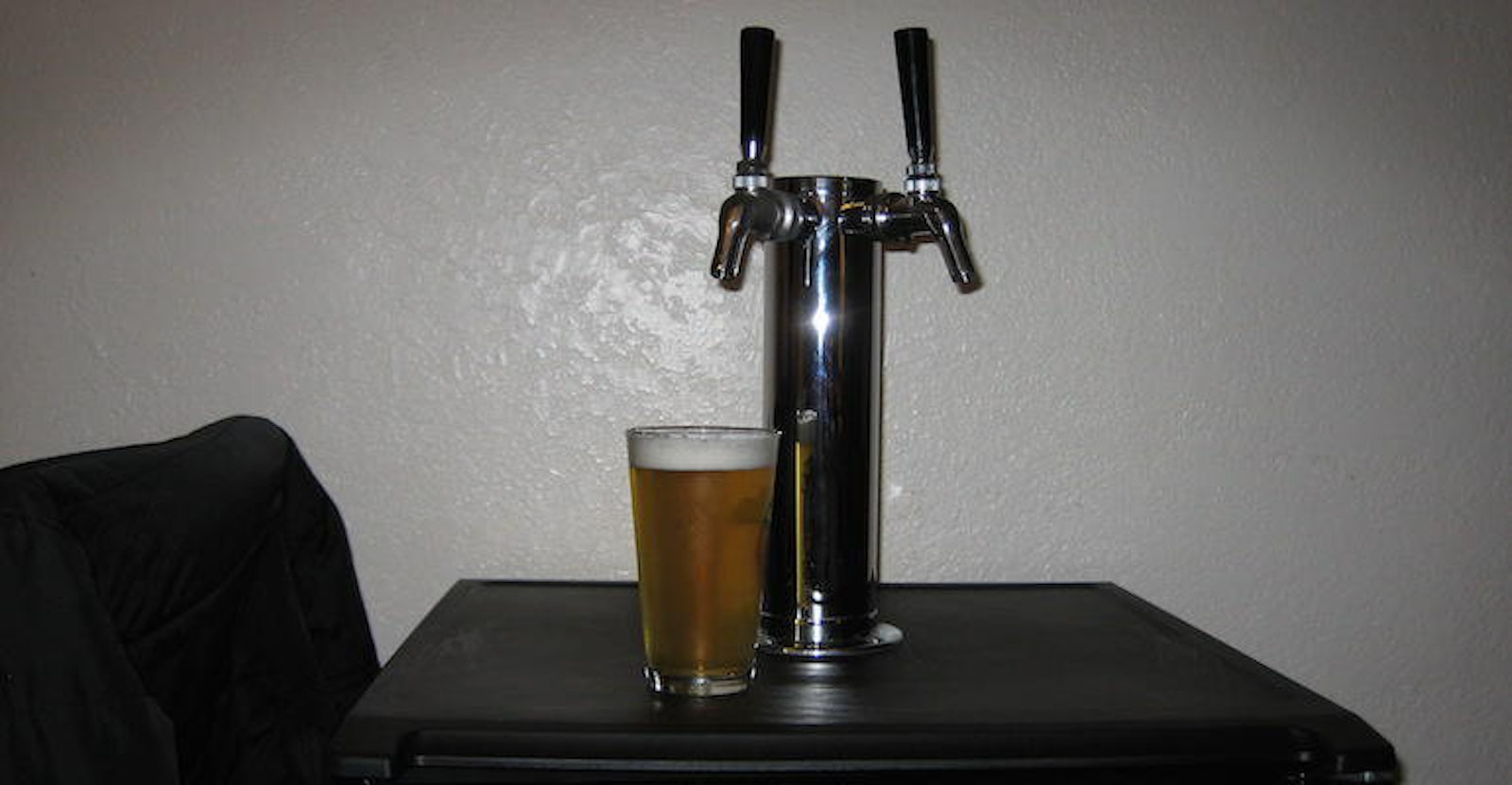
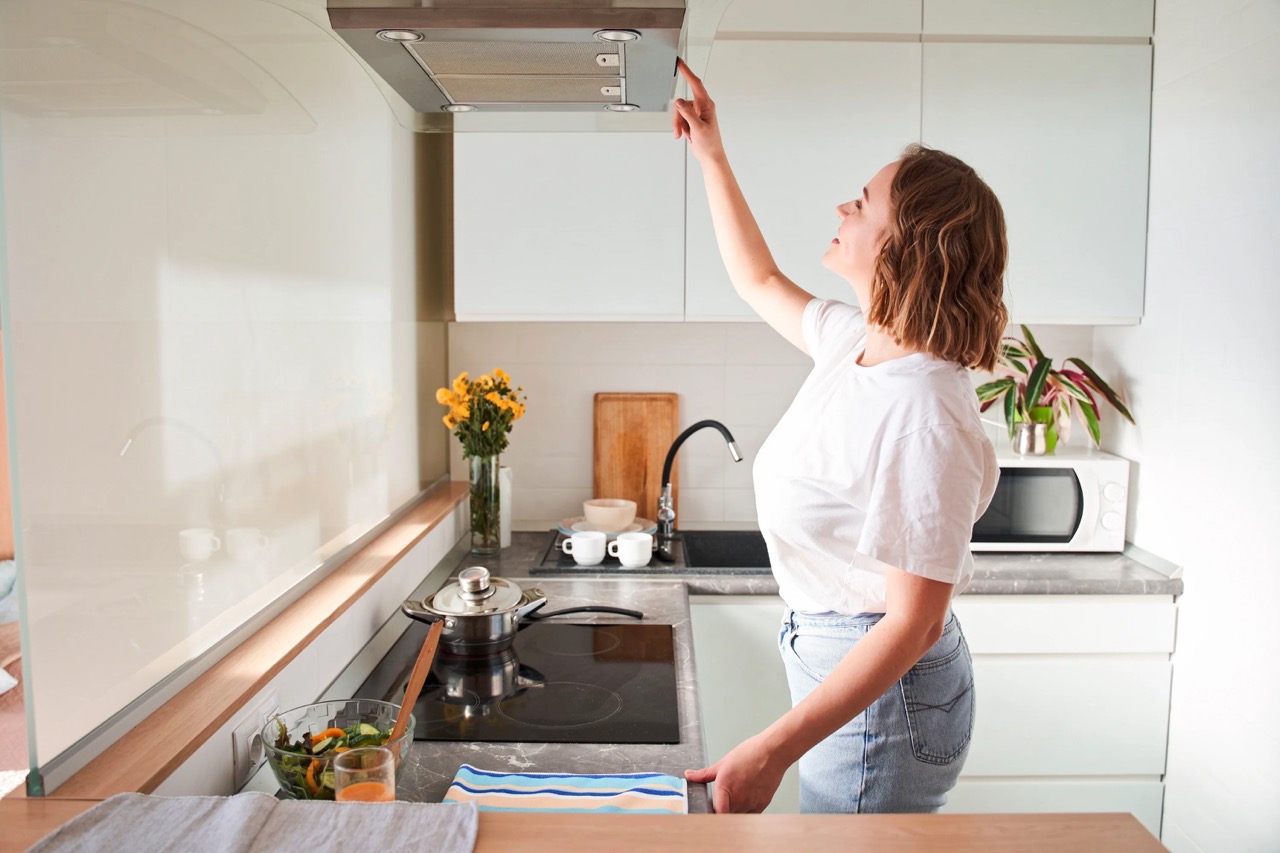


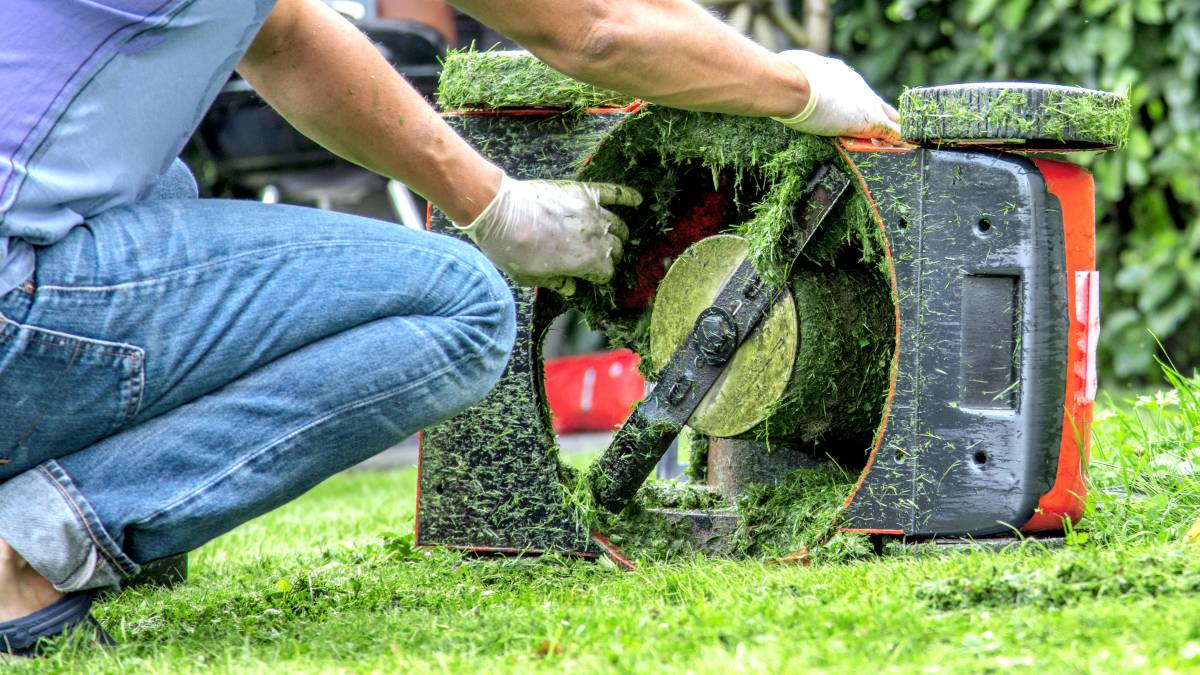
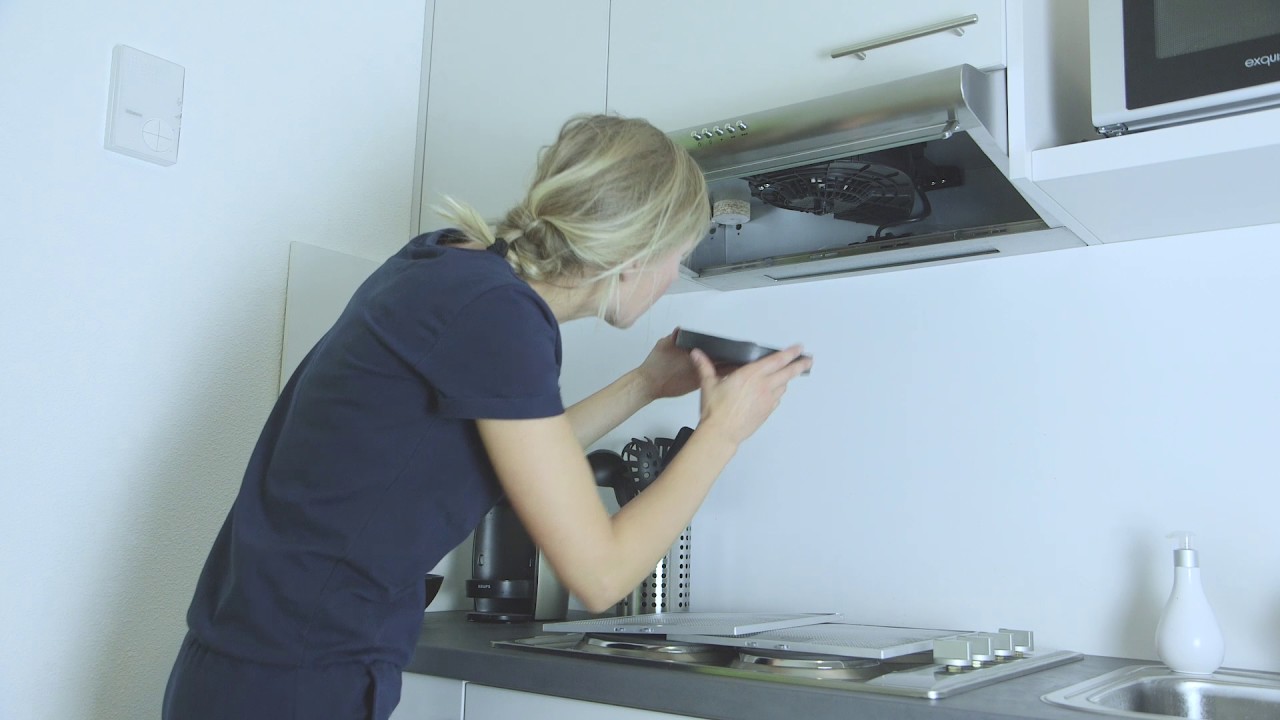
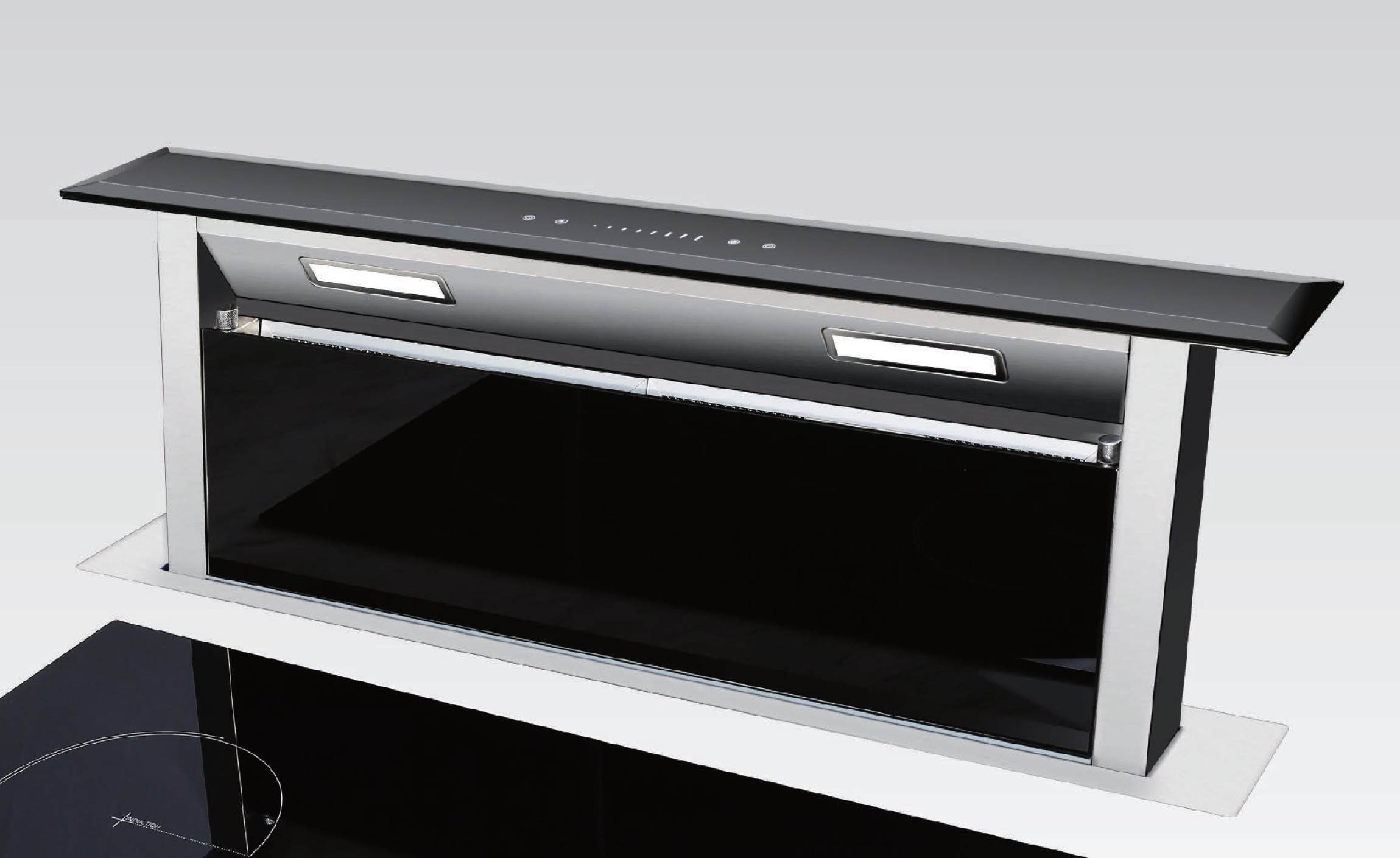
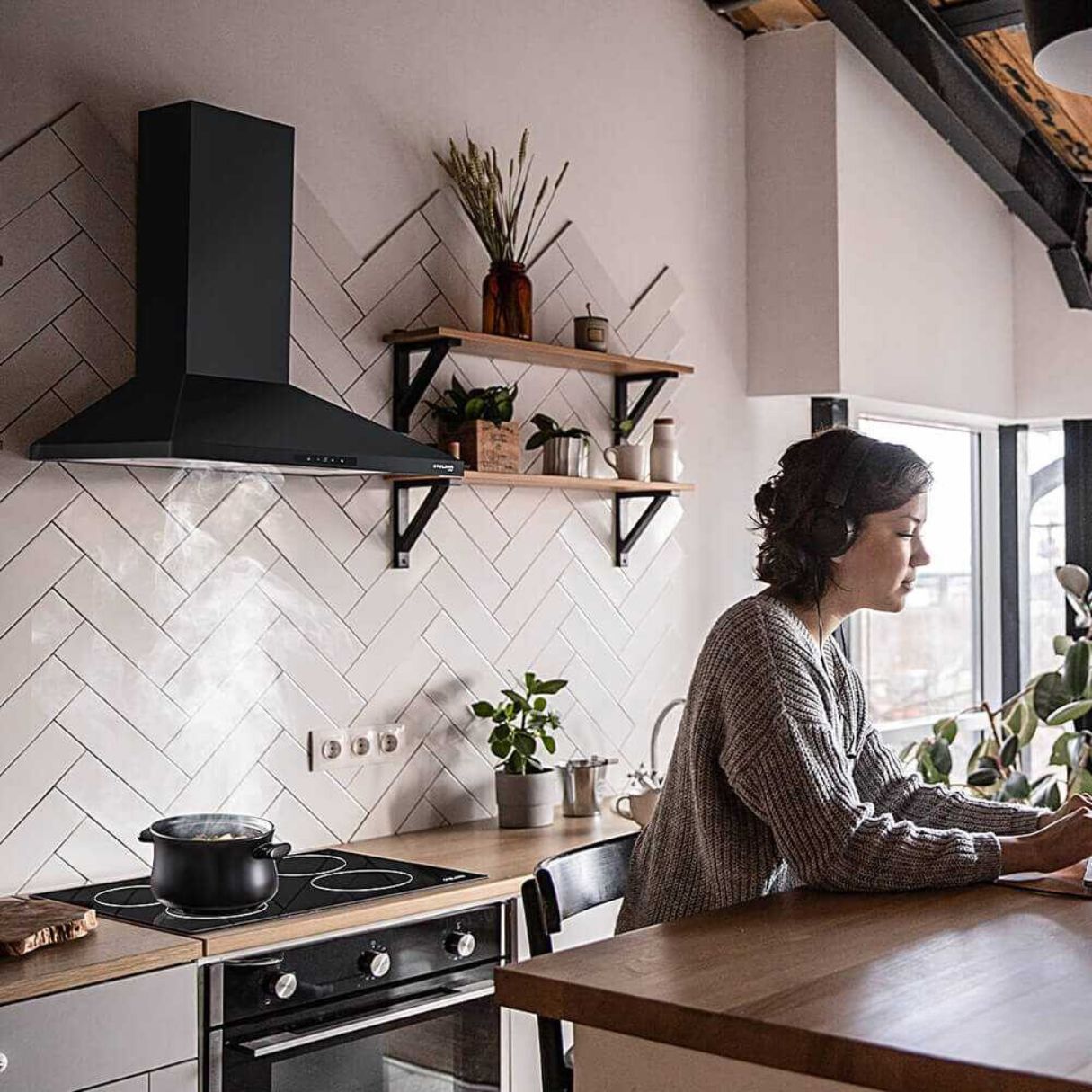
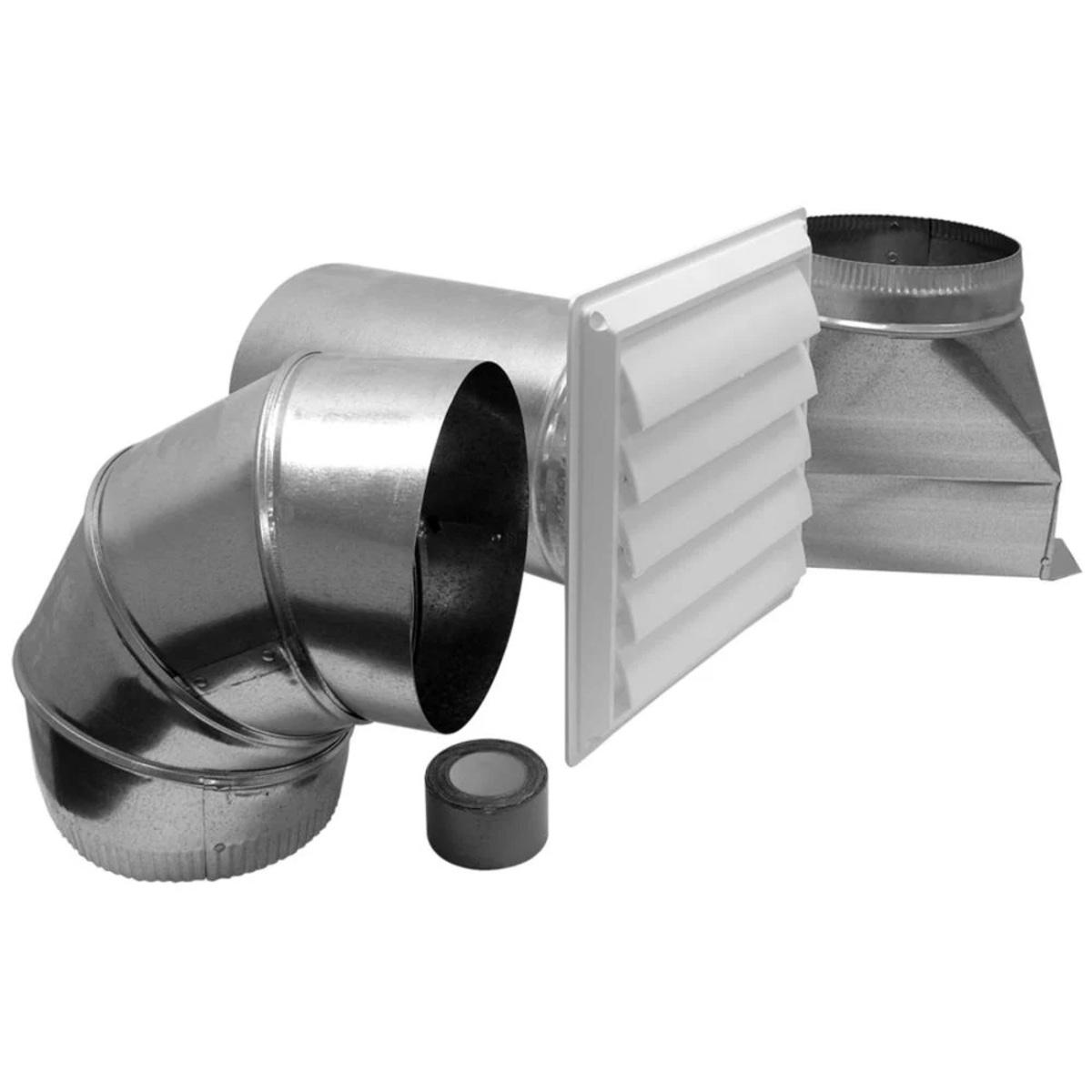
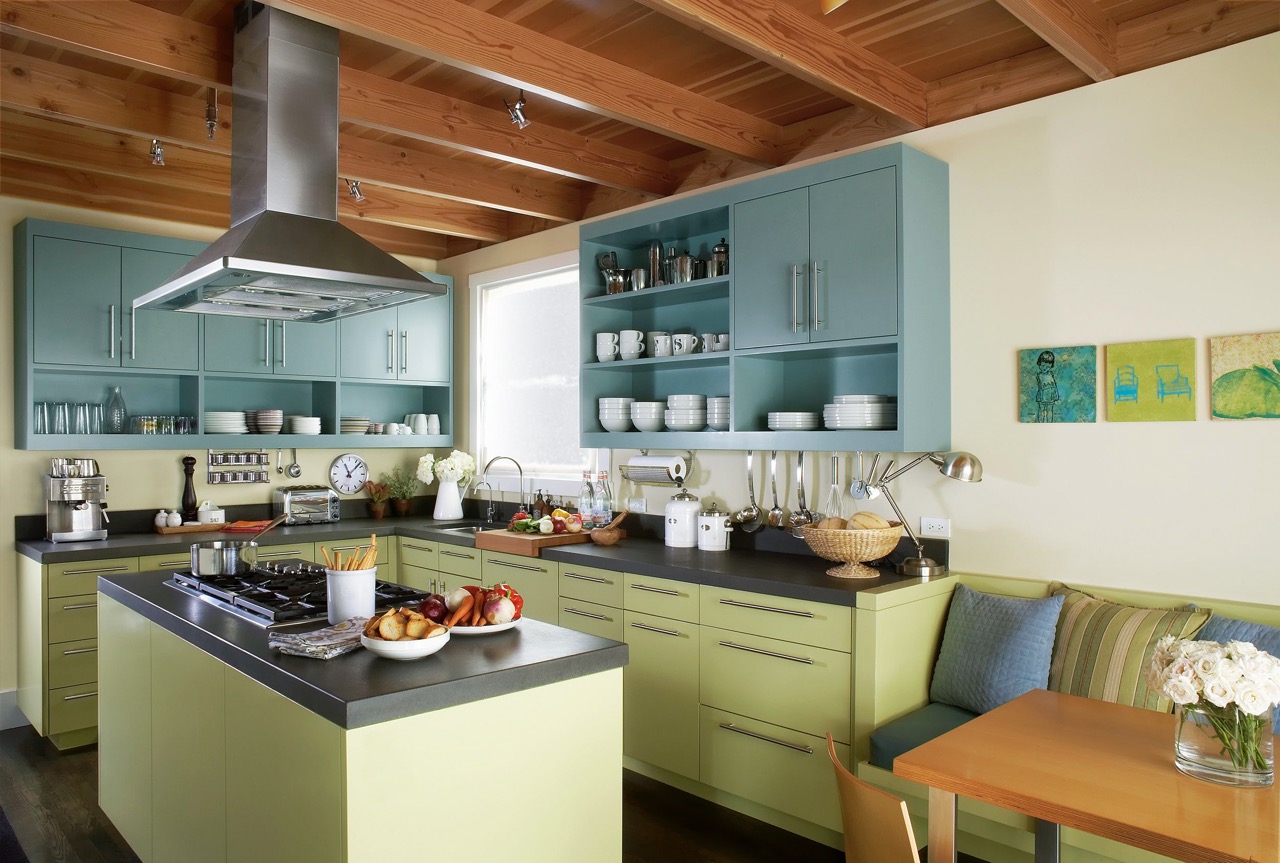
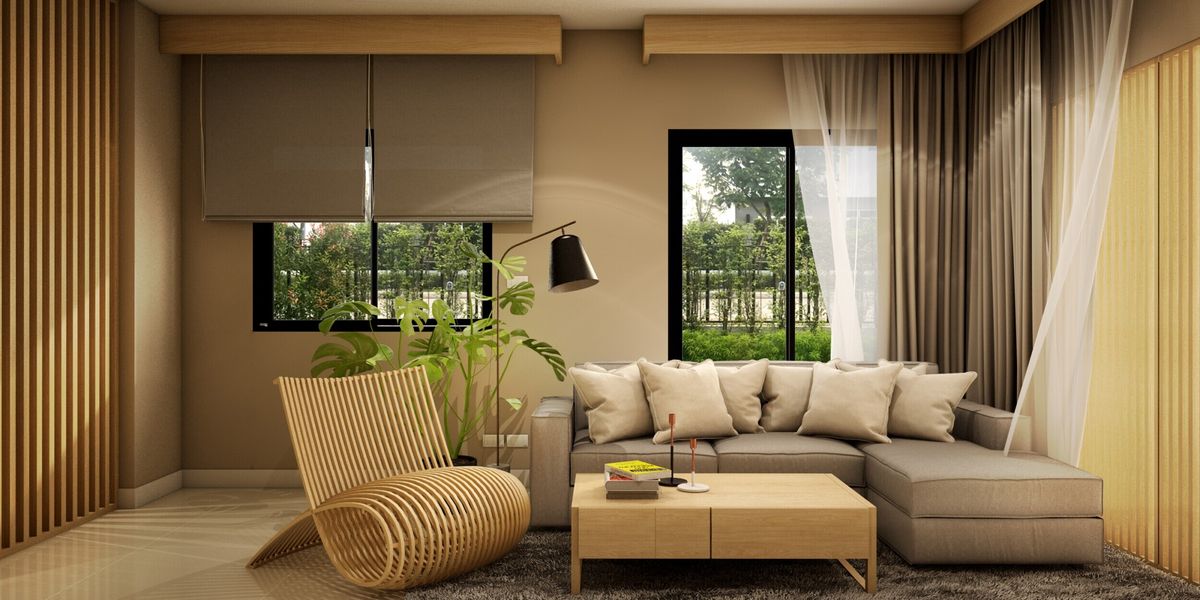
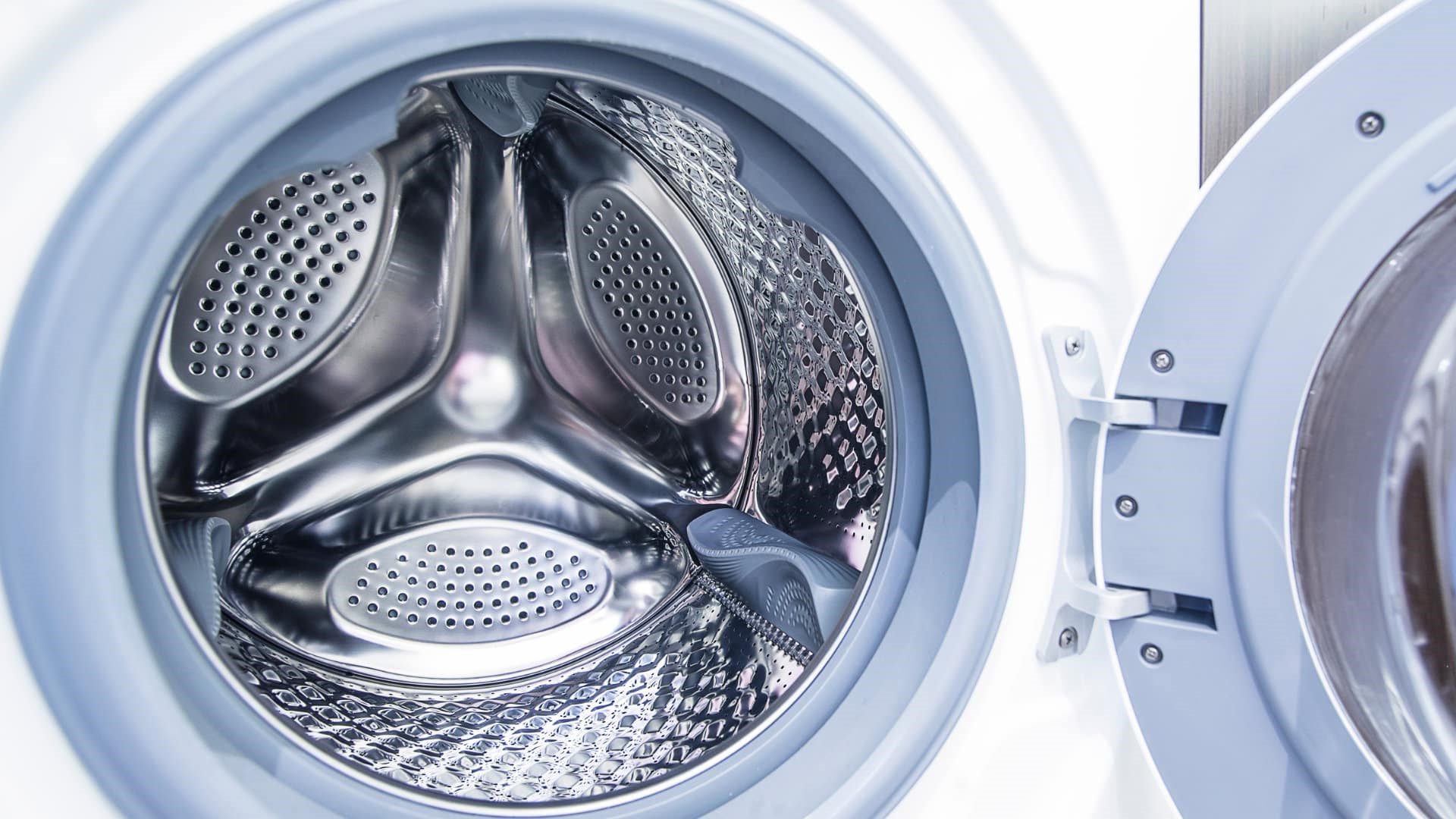
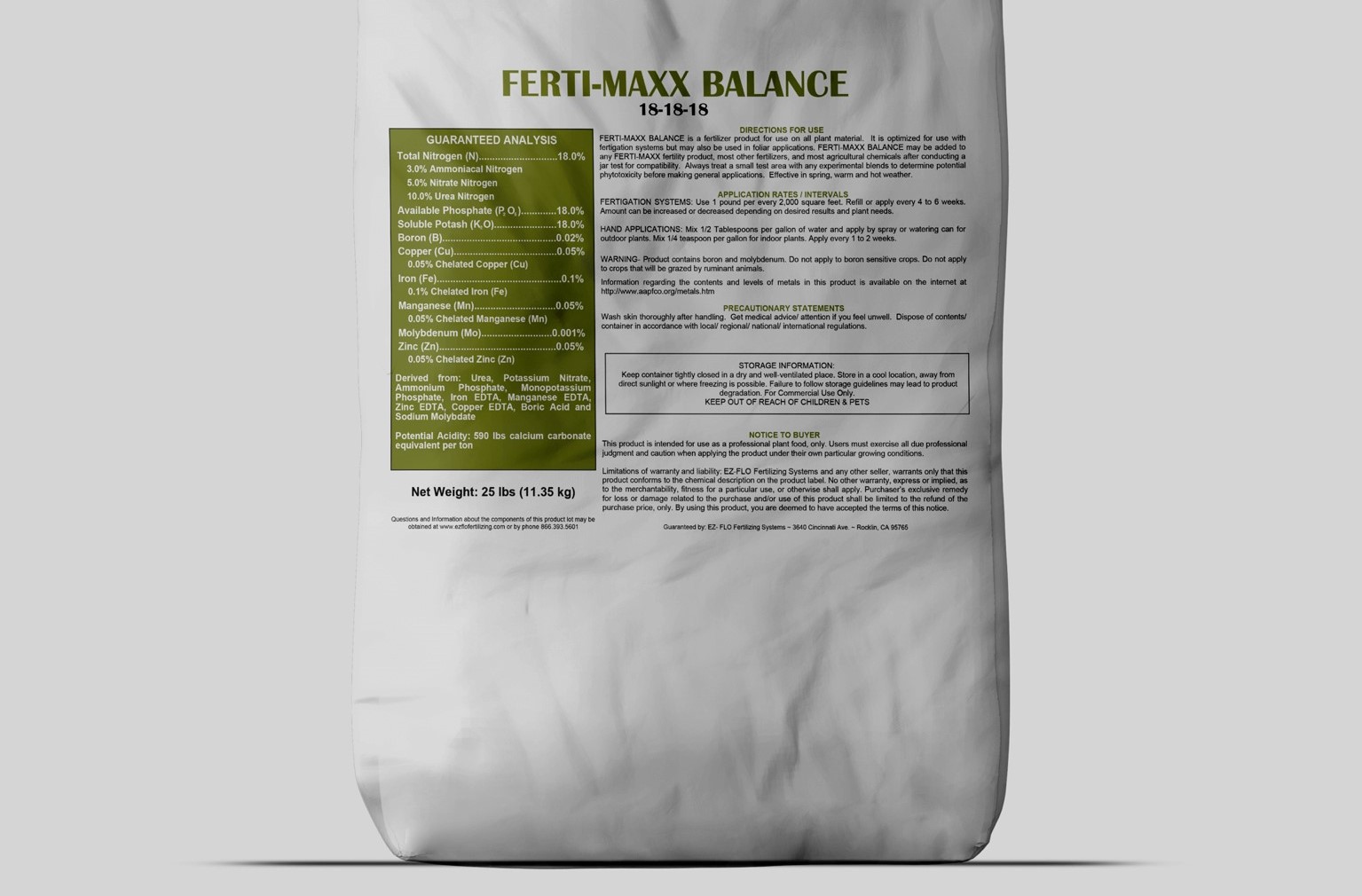

0 thoughts on “What Is A Balanced Ventilation System”